Before we jump in I just want to quickly mention that I have a YouTube channel now, where I interview project founders and chat with interesting people in the NFT space. Check it out here, all subscribers are greatly appreciated <3
Zeneca, what on earth is cc0? Fair question. If you’ve been paying attention to my tweets (and wallet buys) over the last few months you would have known that I have long been saying “cc0 season is coming”. Then a couple of weeks I ran this poll:
Suffice to say, there are a lot of the people who have no idea what cc0 is, what it means, why it might be important, or why it’s getting talked about an increasing amount lately.
Let’s break it down.
What is cc0
cc0 stands for “Creative Commons Zero”. In layman’s terms it basically means that there are no intellectual property rights reserved by the creator of a piece of art / content. This happens by default after a certain amount of time has expired, but it can also happen if the creator decides to immediately waive their IP rights. You might have heard about how some things are in the “public domain” meaning that anyone is free to create content using that intellectual property. That’s just another way of saying that the content is cc0.
For example the entire original works of Shakespeare are cc0 / in the public domain. Same with the character Sherlock Holmes, or the paintings by Vincent Van Gogh. That means I can go to https://www.metmuseum.org/art/collection/search/436535?&pkgids=415&ft=*&offset=0&rpp=20&pos=5 and download the image below and print it out and frame it and sell it and be within my rights. I don’t even need to attribute the original artist if I don’t want to. This freedom to commercialize content is allowable by law because the work is cc0.
Some examples of things that are very much not cc0 are: Elsa from Frozen, the song Lose Yourself by Eminem, or my ape from the BAYC. There’s a whole spectrum of different types of intellectual property licenses and it’s outside the scope of this letter to dig deep into all of them (besides, I am far from an expert on this topic), but they all have additional restrictions and limitations about what is allowed vs something that is cc0. For example you might be allowed to use the content for non-commercial purposes. You might have to credit the original creator when you do that, or you might not. You might be able to commercialize the content but only up to a certain $ per yer, or only as long as you don’t do so via creating content depicting illicit material. The sky is sorta the limit in terms of what an IP license might look like.
Okay cool but what does this have to do with NFTs?
For most people, intellectual property rights is not a thing we think of when we’re buying an NFT. We think we’re having fun, buying a jpeg, joining a community, etc. Perhaps we think we get full ownership of the thing we’re buying, IP rights and all. It’s actually a much more complicated and nuanced situation, and varies project to project. IP rights has become more and more of a talking point in the space and hit new heights a few weeks ago when Yuga Labs (the entity behind the BAYC) acquired the rights to the NFT collections CryptoPunks and Meebits from Larva Labs.
The very first thing they did after their acquisition was to announce that they were intending to grant full commercial rights to all CryptoPunk and Meebit holders. Up until now, anyone that owned a Punk or Meebit NFT only had limited commercial rights. There were restrictions on the extent to which you could create derivatives, and there was a limit on the amount of money you could earn per year from the IP ($100k/yr). That might seem like a lot but if you were to try and create a brand using your Punk, or license it to a movie studio that goes on to create a hit animated show, it starts to seem quite limiting.
Moreover, the principle of it seems antithetical to NFTs in the first place. Isn’t this meant to be about true ownership? How much do you really own an NFT if you’re still beholden to a centralized entity?
And herein lies the problem.
When Larva Labs sold the IP to Yuga Labs, there was a shift in rights given to holders/owners of Punk/Meebit NFTs. In this instance, the rights increased, and it’s seemingly a good thing for holders. However, we must consider the precedent and future possibilities, and it’s these thoughts that are (rightfully, imo) spooking some people. What if Yuga one day gets acquired by Disney? And then what if Disney goes “hey we don’t wanna give full commercial rights to everyone any more, we’re gonna give restricted commercial rights?”
There would (probably) be community uproar and outrage, but what if by that point there are millions of NFTs in the Yuga ecosystem and the only ones that really care are the 50k OGs? Perhaps not even most of the OGs would care if we’re getting some fat pay check out of it. All of a sudden we’re back in the web2 world.
First they came for the socialists, and I did not speak out — Because I was not a socialist.
Then they came for the trade unionists, and I did not speak out — Because I was not a trade unionist.
Then they came for the Jews, and I did not speak out — Because I was not a Jew.
Then they came for me—and there was no one left to speak for me.
-Martin Niemöller
The above quote is more than a tad hyperbolic but I really do think this entire discussion is insanely important and one that everyone ought to at least be better educated on to understand what is happening.
I really don’t think Yuga is going to sell to Disney, or to anyone looking to restrict the rights of holders. I really do believe what they’re trying to build is almost a web3 version of Disney. A global brand. By the people, for the people. They have a vision and have executed (almost) everything on an S-tier level up until now. They’ve done right by us. Yet, we are still beholden to them; and now, they are at least somewhat beholden to their investors.
The road to hell is paved with good intentions
Hyperbole again, but food for thought.
There’s a whole other can of worms regarding what full commercial rights given to the owner of an NFT even means in a practical sense. What happens if someone sells their token on secondary, do the rights transfer? What about if someone created a derivative using their rights and then later sell the original NFT? Tl;dr: it gets messy. For more on this, I recommend reading this excellent post by CryptoConsigliere, the mind behind this innovative approach taken by the Wassies project.
Bringing this back to cc0
We are seeing an increasing number of creators deciding to release the IP behind their NFT projects into the public domain from the get-go. You might ask why, and if this is a good thing or not, for both the founders as well as the owners of the tokens. And the answer, like all good answers in life, is “it depends”.
There are pros and cons to having something be cc0. To my mind the single largest pro is that if I own an NFT that is cc0, I own everything. This is not to say that I own the IP, on the contrary, nobody owns the IP. Not me, not the founder of the project, not the artist(s), nobody. It can’t be bought or sold by me or anyone else. All that is left to own is the original token/asset.
…but where’s the value? Isn’t the IP the value? Well yes and no. There is indisputably a lot of value in IP. Disney makes a heck of a lot of money selling toys and games based on their characters. They could still do that if it was cc0 but then they couldn’t stop someone else also selling toys using the characters, and that would probably hurt their bottom line. It doesn’t really make sense for Disney to have their content be cc0 because there’s a line out the door of people willing to pay them to license their IP.
We’re in the very early stages of brand building here in the web3/NFT space. One of the beauties of cc0 is that it gives creative and commercial freedom to anyone that wants to use the content to build out the brand. This in itself is a double edged sword — it can be used by creators looking to build something cool and of value that add to the universe; it can also be co-opted by bad actors to tarnish the brand image. It’s basically a free for all.
But that’s kinda what web3 is meant to be, innit? A free for all? A decentralized, trustless web? We’re not really meant to be allowing these giant centralized entities to have so much power, to have so much ownership over our IP. They might end up buying and selling our IP like the web2 giants are buying and selling our data.
cc0 ‘fixes’ this. There is no longer any IP for them to buy and sell. There is only our tokens, and we have true ownership of those.
As for the value - I am going to quote from this excellent post (that I very much recommend reading) by the Blitmap project when they decided to put their original collection into the public domain and go cc0:
We also considered a list of fictional works and universes that are already in the public domain:
King Arthur
Shakespeare
Dracula
The Wizard of Oz
Jane Eyre
Little Women
Moby Dick
Peter Pan
An interesting thing about these examples is that many of the derivative works they are responsible for are not public domain. In other words, just because the foundation and universe of King Arthur is public domain, it does not mean that adaptations like The Green Knight or The Sword in the Stone are. Still, these adaptations contribute to the significance of the original as a whole. Imagine a world where the King Arthur mythology was started on a blockchain and its components were represented as tokens. Surely, there is value in proving one is the creator or the owner of the Excalibur.
A counter-argument to cc0
I’m not against NFT projects retaining the IP and granting full commercial rights to holders. I think there are very valid reasons for this approach. It incentivises the team and NFT holders to build out the brand, because they’re increasing the value of the IP which they have some ownership of, instead of just the underlying/original token. It allows token holders to sub-license their NFTs to third parties wishing to use their IP to create something, and share in the profits. An excellent example of this is what Jenkins the Valet is doing (see my YouTube conversation with him for more on this).
It also helps the team, and NFT owners, protect their brand and IP. This should not be understated. If someone were to launch a collection tomorrow with some awesome art that is cc0, it could fail to get much attention and have hardly anyone mint it. A bad actor could come along, ‘steal’ the art, copy the idea, and release it under a new name and market the hell out of it and profit from all of the original work. And there would be no (legal) recourse the original creators could take. Perhaps they could appeal to the court of public opinion, but it might be an uphill battle. Retaining IP rights would (legally) protect them.
It’s also tough to build a brand without a central team steering the ship. Not impossible, but tough. A creative director to plan out the franchise, a team to produce and execute on a roadmap. A vision to work towards. Note though that this is not mutually exclusive from a project being cc0. There are plenty of projects that have released their content into the public domain and yet continue to build towards a distinct future they have in mind for the project. But it might be easier to incentivize a team if they know that they have ownership in what they’re building, and it couldn’t be co-opted by malicious actors at any point.
The beauty of composability, interoperability, and cc0
We’ve all seen the epic ‘Otherside’ video by now, but in case you haven’t, here it is:
Near the end you see a bunch of different NFT characters in a vehicle together:
This paints a picture of a universe of characters from some of our favourite NFT projects where they can coexist and thrive. The irony is that it is much more difficult (and expensive) to build out a universe with characters from a non-cc0 collection, because, well, you either have to own the token or license the IP from the owner. Conversely, anyone can use any CrypToadz they want.
I don’t know about you, but I think it added value to the CrypToadz and Noun collections when they were included in this video; and I think they were added in large part because they’re cc0. Actually I bet a good % of people reading this have no idea what a Noun or CrypToadz is. You’ve heard about Cool Cats, Mutant Apes, Crypto Punks, Meebits, and World of Women. And now there’s a Noun sitting next to them? Wtf is a Noun? And this weird smoking pixelated toad? Why are these random pixelated things alongside all these other super blue chip projects?
cc0.
Therein lies the value, again.
Other projects are more willing to use characters or assets from a cc0 project than from a non-cc0 project simply because there’s less friction involved.
Here’s a screenshot of concept art from HyperLoot, a project building on top of the Loot project and incorporating characters from various cc0 projects into their world.
For all the talk of people loving the builders in this space, so much of the real building happening is happening quietly and behind the scenes and with projects that are cc0. The people in these communities are largely not vocal and flashy and hyping things up on twitter, they’re coding and enjoying their small discord servers and doing cool shit with NFTs.
One last thing I haven’t even touched on is how many cc0 projects exist entirely on-chain. It’s once again outside the scope of this already long letter to dive deep into what all this means, but tl;dr: it’s a good thing.
Some of my favourite cc0 projects
There are a lot of great projects out there that are cc0, with more coming out every week. I don’t have an exhaustive list, but here’s a few that I have found and am interested in for various different reasons. In no particular order:
Blitmaps / Blitnauts
I have been a fan of this project since almost day 1. I wrote about them on June 18th 2021 and then again on August 11th. It’s, to my mind, the single largest ‘hiding in plain sight’ gem that I have ever seen. I’m relentlessly amazed at how overlooked it seemingly continues to be. The founder is Dom Hoffman, one of the brightest and most innovative builders in the entire space. The community is top tier. The goals are lofty: “a community crafted sci-fantasy universe”. They have executed flawlessly on absolutely everything so far, and I have little doubt that they’ll continue to fire on all fronts.
Mfers
The epitome of a meme project. Mfers were created by Sartoshi, someone that has been creating art and memes in the space for a long time. They created 10k mfers, released them, and then twiddled their thumbs for a while and let the community do whatever it wanted. There wasn’t even a Discord until an “unofficial” one was set up by some holders. Eventually Sartoshi came out with this brilliant post: what are mfers.
i tweeted recently that “you can state a roadmap that says where you will go, but you can also plant seeds and see where they grow” -- the seeds are all around now, and we will see where they grow.
The mfer community is thriving. There are dozens of derivative projects that have been created. They’re taking over their own little corner of twitter. More and more ‘big’ accounts are adopting mfers as their PFP (such as DCinvestor and DavidHoffman). They own their mfer, and nobody owns the IP.
CrypToadz
Another fairly ‘meme’ like collection, this time created by Gremplin. These were released last year during some sort of crazy bull cycle and they propelled to a floor of 17 eth or something insane (from a mint price of 0.069). They were adopted by a lot of “OGs” in the space and people were getting all excited by the cc0 narrative and possibilities for derivatives etc. Of course a project that goes from 0.069 → 17eth in a few weeks is likely to crash, and crash it did. It has been sitting at between 2-4eth for months now, but with the recent narrative shift back to cc0 we have seen a lot more traction. A lot of Punks that felt ‘slighted’ by the sale of Larva to Yuga seem to have moved over to either CrypToadz or Mfers.
Loot
Another project founded by Dom Hoffman, this takes composability and derivativeness (is that a word? it is now) to the extreme. Loot is literally just a list of words. White text on a black background, with items you might find in an RPG. It was free to mint, there are no secondary market royalties, and it was stealth launched. It hit a floor of 20eth within a few weeks too. It was a wild market last August. Truly.
The beauty of it lies in its simplicity. Anyone could do anything they want with it, and there has been a lot built on top of it, and a lot inspired by it. The HyperLoot project mentioned earlier in this letter is one example. The entire TreasureDAO / $Magic ecosystem was inspired by Loot.
Nouns
One of the most interesting projects in existence. Every day 1 Noun NFT is auctioned off to the highest bidder, and all funds raised from these auctions go into a community treasury which is governed by all Noun holders. They are up to day 255 now, and the treasury holds 21,791 ETH ($73,754,081). One of the founders of the project punk4156 is a staunch believer in cc0 and made some very loud public statements a few months ago basically disapproving of the way LarvaLabs were handling their IP, culminating in him selling all of his Punks.
ChainRunners
This is just such a wonderfully fun project. The team has a clear vision for the direction they want to take the project in, but there have also been plenty of community led initiatives and derivatives to expand the universe in positive and meaningful ways too. It’s a project built by builders, and found by those that appreciate that (also the excellent pixel art).
Terraforms by Mathcastles
I hesitated to add this in here. Not because I don’t love it (I do), but because it’s one freaking complicated and confusion and mysterious project. Here’s a description of what it is from an unofficial community FAQ:
At a base level, Terraforms is a set of NFTs. Each NFT represents a “parcel” of land on a 20-level virtual “hypercastle”.
Most NFTs tend to be images and metadata that are stored off-chain on the internet. Some store this stuff on-chain.
Terraforms is “extremely on-chain” - procedurally-generated code that lives entirely on Ethereum. And while there are visual representations of the NFTs, what you see is the output of live code.
It’s insanely interesting, especially to the devs I have spoken to that have looked into it. A lot of it goes over my head, but it seems cool, and worth keeping an eye on IMO.
Timeless Characters by Treeverse
Treeverse is an open-world, fantasy MMORPG with a MOBA-style combat system
The Timeless Characters are Anime NFTs created by VIII that can be used as ‘skins’ inside the Treeverse world. This is interesting because they are being designed for use in a game, so, presumably, you could port these characters into other games and take your character from one world to another. The entire Treeverse project is awesome and fascinating and the founder is one of my favourite voices in the space, Loopify.
Crypts & Caverns
Crypts and Caverns is a generative, on-chain, Lootverse ‘lego’. Each NFT is programmatically generated within the contract, meaning no two maps are alike. The data within each map has been carefully optimized to play nicely within the loot ecosystem, supporting text, 2d, and 3d worlds. This means that developers, designers and artists alike can call the contract directly to integrate their own mechanics, adventures and tilesets on top.
This wonderfully simple project appeals to the D&D nerd inside of me. As mentioned in the description above it has been designed from inception to be easily adapted by others that might want to build on top of one or all of the crypts and caverns. Composability and interoperability to a tee. There are indeed now several projects using C&C as a base layer to build on top of, with utility planned to flow to the original owners of the tokens. There’s value in the original.
The Free Hawaii Photo
It would be remiss of me not to mention this photo. It’s a wonderful example of how provenance in an original image, which has almost no rights reserved, can carry true value. I strongly encourage everyone to read the full story on this website, but the crux of it is that in 2017 the photographer Cath Simard took this incredible photo:
It went viral and people and publications all around the world started using the image, often without attribution, and never with financial compensation. It is (and was) highly impractical to ‘go after’ everyone and try to get credit for it. Instead Cath decided to mint the original as an NFT, sell that, and then release the rights to it so that anyone would be able to use the image. It sold to gmoney six months ago for 100 ETH (~$300k).
There’s value in the original.
Note that this image was not made cc0; instead an extremely open license was granted to everyone. Since this is not cc0, technically this license can be changed at any point in time. While it’s unlikely to my mind that this would ever happen, it’s worth mentioning to be thorough.
If you’d like to receive early access to my letters, please join us in the ZenAcademy Discord Server. Everyone can gain free read-only access to most of the server, but for full access you will need to own a ZenAcademy NFT which you can purchase here.
If you enjoy reading Newsletters about NFTs, I encourage you to check out the ZenCaps Newsletter, a weekly publication put out by Rogue Raven to help you cut through the noise in this insane space.
If you enjoy this Newsletter, please consider subscribing to receive email updates :)
Disclaimer: The content covered in this newsletter is not to be considered as investment advice. I’m not a financial adviser. These are only my own opinions and ideas. You should always consult with a professional/licensed financial adviser before trading or investing in any cryptocurrency related product.
Additional Disclaimer: I own a lot of the projects mentioned in this post and my incentives are aligned with the projects doing well. I am not endorsing or recommending anyone to buy into these projects at their current prices, or at any prices. Please do your own research before making any financial decisions.

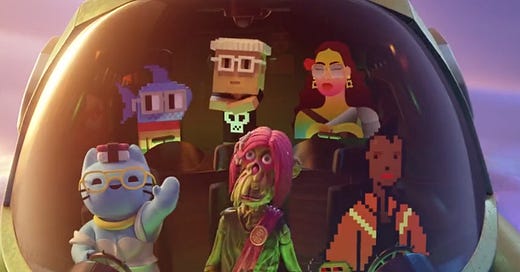



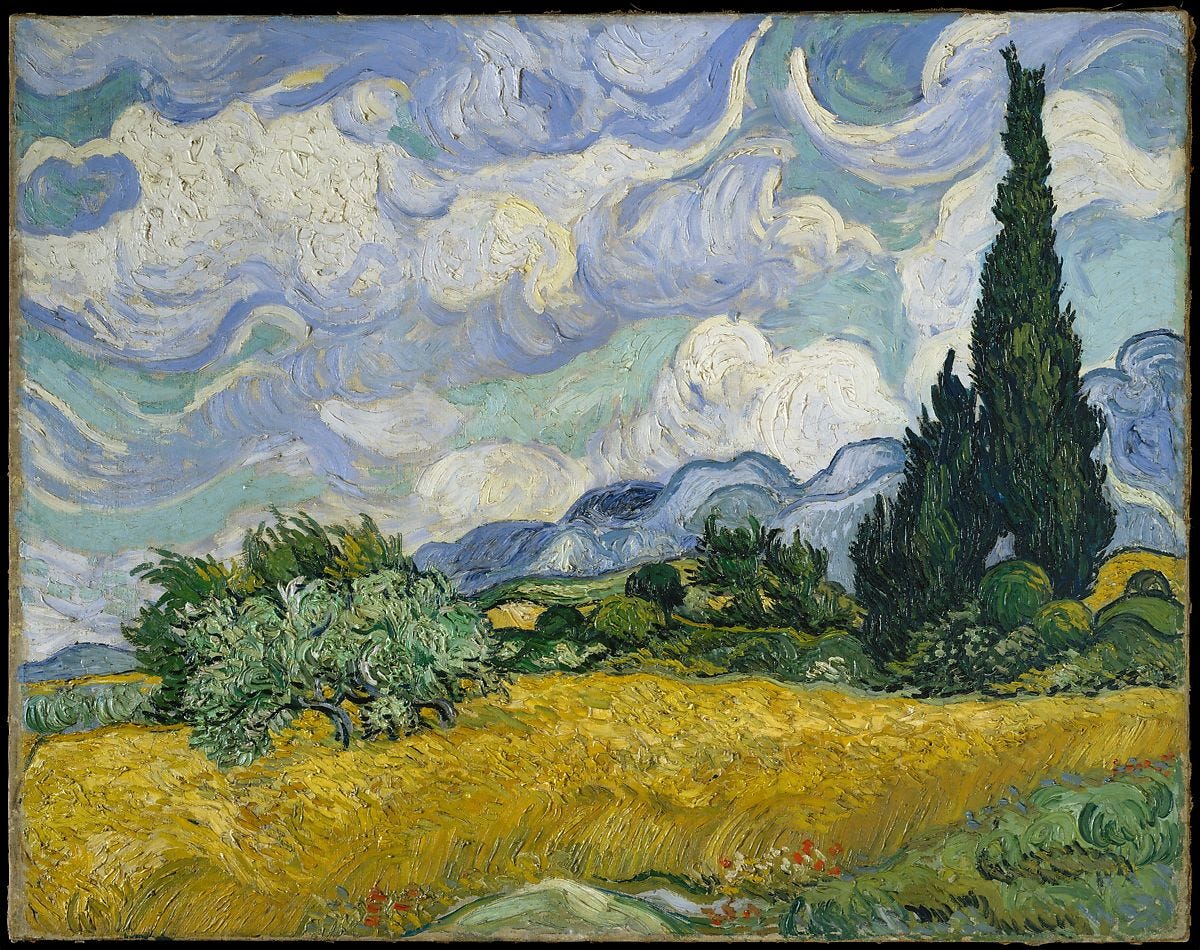









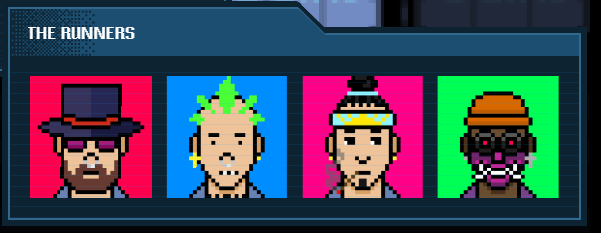
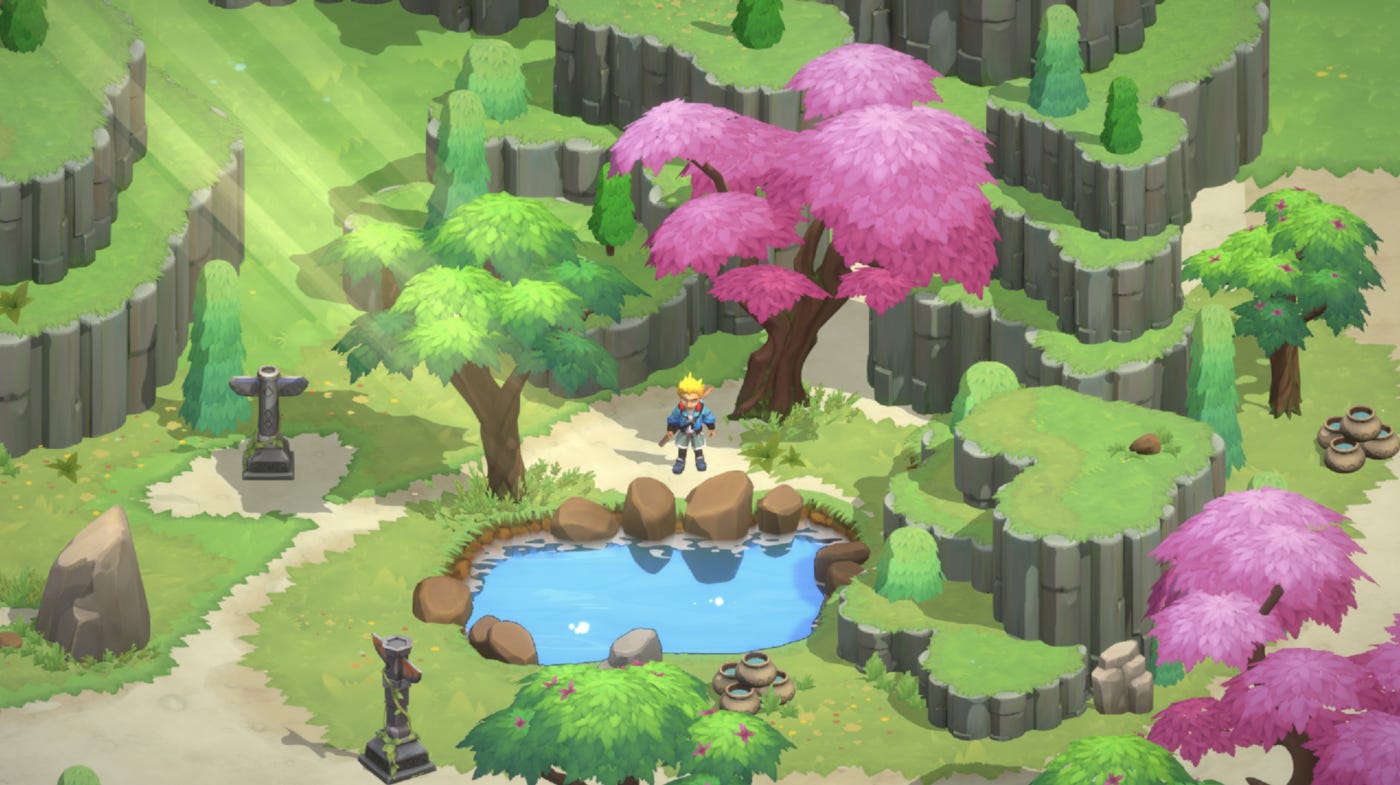
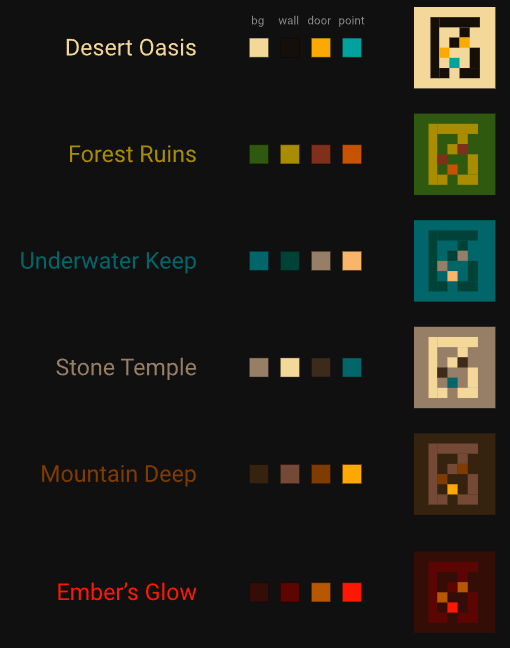

Well fukcing written, man! Love the effort you put into the the nuances of cc0 and the examples that you gave.
mind opening